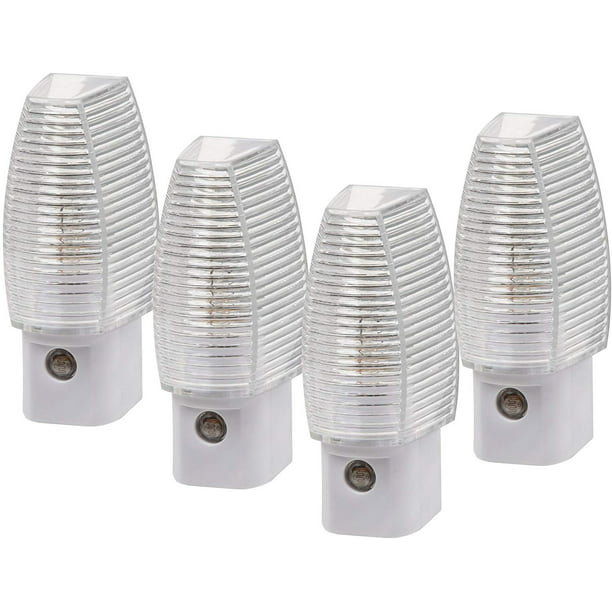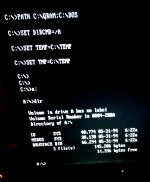maxtherabbit
Veteran Member
300 is what you want
You have a multimeter and so you can look for changing resistance (on the appropriate pins).Could the pot be bad and just moving it broke it?
I watched a YouTube video where the guy couldn't adjust the drive speed with the adjustment pot & the fault turned out to be that LMxxxx IC.Is there a more comprehensive program?
I have my doubts about a certain adjustment pot not working. When I turn it the drive speed does not sound like its increasing or decreasing RPM
just curious, what is the ideal drive speed for one of these drives?
regular office building fluorescent lights work for meThe traditional thing is a neon lamp (e.g. old night light). Some LED night lights also flicker because of imperfect filtering and they might do. Christmas tree LED lights are also like that--I can see the flicker and it's annoying as hell.
I have put a video at [here]. In Australia, the mains frequency is 50 Hz, and so it is the middle ring that I need to look at. Notice how the black bars within the ring are stationary (i.e. not rotating). The light that I am using is from the overhead LED lights on the ceiling. I am sure that the black bars were more noticeable back in the days when I had fluorescent type ceiling lights.i have it i just dont have a light that can show me the pattern correctly. or maybe my eyes just cant see it.



